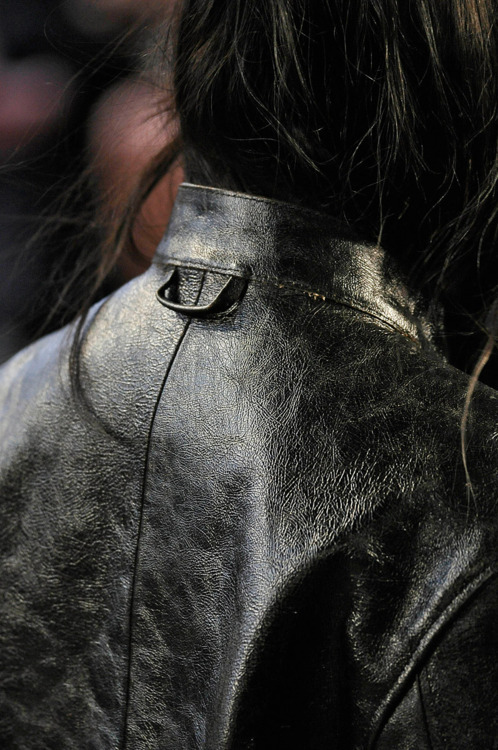Curated by Paloma Concierta in an attempt to absorb Australian and International Contemporary Art and Culture.
Don't wanna be here? Send us removal request.
Link
10 notes
·
View notes
Photo

Paul Henry | A Section of the Constellation Cygnus (August 13, 1885)1885
Astronomers at the Paris Observatory, the brothers Paul and Prosper Henry inherited in 1872 a project begun twenty years earlier–the mapping of the heavens by means of painstaking observation, calculation, and notation. In a dozen years they charted nearly fifty thousand stars. When, in 1884, their survey approached the Milky Way, the Henry brothers found that the cluster of stars proved far too dense and complex to chart by eye, and they constructed a photographic telescope to produce an exact, objective record of the sky.
That photography might serve astronomy was evident from the very beginning. Daguerre’s standard-bearer François Arago, director of the Paris Observatory, declared in July 1839 that the daguerreotype would eventually accomplish with ease the most delicate and difficult astronomical tasks, such as mapping the surface of the moon. Indeed, before the Henry brothers’ first use of the medium, other photographers had successfully charted lunar geology, solar and lunar eclipses, the transit of Venus, sunspots, the surface of Mars, the rings of Saturn, and the relative position of the brightest stars.
No one, however, had yet recorded stars so distant and faint that they were not visible to the eye. This the Henry brothers achieved in 1885 by constructing a still more powerful photographic telescope, with an extraordinarily precise mechanism for tracking the stars across the night sky during exposures as long as one hour. The resulting photographs, each seemingly infinite expanse showing but a three-degree section of the firmament, remain among the most sublime conceptions of scientific photography.
+
36 notes
·
View notes
Photo


Hit the link to see what Arts funding you can apply for quickly in Australia. Closes soon. https://www.dpc.sa.gov.au/responsibilities/arts-and-culture/grants/covid-19-arts-grants-support
2 notes
·
View notes
Link
0 notes
Text
0 notes
Photo

Kansuke Yamamoto 1940 Collection of Nagoya City Art Museum.
132 notes
·
View notes
Photo

Digital Book :
The Mirror of Gesture - Being the Abhinaya Darpana of Nandikesvara
Translated into English By Ananda Kentish Coomaraswamy and Gopala Kristnayya Duggirala
Published by Harvard University Press - 1917
Read book online:#http://bit.ly/2S2orNP# Download pdf book: http://bit.ly/2L7pXh0
Book extract: (sic.)
“Certain of the dance poses possess not merely a general linguistic, but also a special hieratic significance. These poses, chiefly of the hands, are spoken of as mudras (seals), and are more or less familiar to students of Hindu iconography. It is, however, scarcely realised how closely connected are the dancing and the sculpture. Many of the gods are themselves dancers, and, in particular, the everlasting operation of creation, continuance, and destruction — the Eternal Becoming, informed by All pervading Energy — is marvellously represented in the dance of Siva.' He also exhibits dances of triumph and of destruction. Kali, ; likewise, dances in the burning ground, which we understand to signify the heart of the devotee made empty by renunciation. Sri Krishna dances a dance of triumph following the victory over Kaliya, and another General Dance, with the milkmaids of Brindaban, who are the souls of men.”
0 notes
Photo

Leonard Freed, Suspect in the back of a police car, New York City, 1978
766 notes
·
View notes









